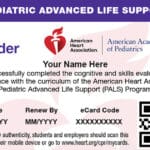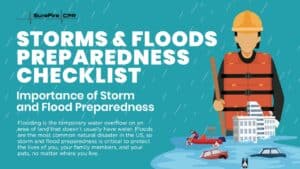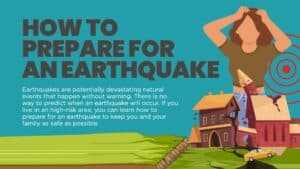“The baby is congested, coughing, running a slight fever and just doesn’t eat right.” My advice: take him to the ER. Why would I say something like that with cold-like symptoms you may ask?
We are in the midst of RSV season this year and while the virus doesn’t strike fear into the hearts of health care workers the way it used to years ago, it still raises concern when children or infants struggle with symptoms of RSV (Respiratory Syncytial Virus). Empowering yourself with knowledge is the best defense against this illness and knowing what to look for is the first step. This highly contagious virus is spread typically through droplets that are spread when someone with the virus sneezes, coughs or blows their nose in the presence of others. Symptoms vary and can manifest differently from adults to children and infants. Typical minor cold symptoms in an adult can become threatening when the virus is contracted by an infant. Precautions are best taken during this time of year to prevent contracting and/or spreading the virus.
Simple steps, such as covering your nose or mouth when coughing or sneezing along with frequent hand-washing are some of the most effective ways to prevent the spread of any disease, particularly RSV. Being aware of the symptoms associated with RSV is another.
According to the U. S. National Library of Medicine, the following is a guideline to recognizing some of the symptoms of RSV:
Symptoms vary and differ with age. They usually appear 4 – 6 days after coming in contact with the virus.
Older children usually have only mild, cold-like symptoms, such as cough, stuffy nose, or low-grade fever.
Infants under age 1 may have more severe symptoms and often have the most trouble breathing.
In general, RSV symptoms include:
– Bluish skin color due to lack of oxygen (cyanosis)
– Breathing difficulty or labored breathing
– Cough
– Croupy cough (often described as a “seal bark” cough)
– Fever
– Nasal flaring
– Rapid breathing (tachypnea)
– Shortness of breath
– Stuffy nose
– Wheezing
Should infants or small children suffer from these symptoms, follow up with a pediatrician is suggested. Respiratory difficulty, characterized by the above symptoms particularly in infants warrants a 9-1-1 call. Appropriate protocols utilized by pre-hospital personnel trained in
neonatal resuscitation (NRP) or pediatric advanced life support (PALS) protocols will initiate measures to protect the infant or child’s airway and prevent possible respiratory arrest.
Parents educated and vigilant in symptoms typically found in RSV can have the reassurance that comes with knowing what to look for and what to do. Regular check-ups with your pediatrician are recommended to help prevent diseases and illnesses common to the winter months. Utilizing good hygiene and personal protective measures, such as frequent hand washing, even remaining out of the public to prevent spread of the virus is the best preventative course of action. Any symptom of respiratory distress or concern for the above combination of symptoms warrants a 9-1-1 call.
Remaining vigilant during RSV season keeps winter months an enjoyable time for children and their parents. Breathe easy this winter and keep RSV at bay!










